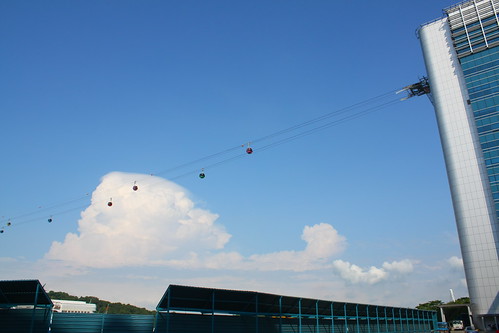To use CPT properly you have to be creative, original, daring and ultimately a little bit mad. That madness is good and important, especially nowadays when cities viciously compete for talent and tourists. Homogenous, cookie-cutter cities no longer make the grade. People want remarkable.
Light Rail (LRT), Subway and Bus technologies are useful (sometimes) but they are not remarkable. They are common; Plug and Play. No planner, policy-maker or politician really has to think about how the technologies work or how to use them. Just throw down some tracks and you’re done. As a result, they tend to be one-size-sorta-kinda-fits-all. They’re technologies that aim for the average. They do most things alright, but rarely exceptionally and never cheaply.
Cable, on the other hand, is not one-size-sorta-kinda-fits-all. Cable is a custom technology, capable of delivering on the exact wants of a city. And it delivers that custom solution with a higher level of service than traditional transit technologies and for a fraction of the price. It can be used in such a variety of different ways, in such a variety of different environments, to accomplish such a variety of different goals that it requires deep creativity and deep thinking to implement. But the rewards for that creativity and deepness are vast.
Consider the above picture of urban gondolas terminating in a skyscraper at Sentosa Island, Singapore. Whatever madman stood up in city council chamber and said “let’s put the station in a skyscraper” deserves our accolades if for no other reason than he had the guts to say it. We should be celebrating innovation, creativity and diversity not strangling it.
So here then is your challenge, creative cities of the world: Stop just calling yourselves creative and actually be creative. Ask yourselves: What could we do with cable in our city? Don’t just do what everyone else does. Be yourself. Be different. Be remarkable. Be a little bit mad.
Creative Commons image by ericlbc

